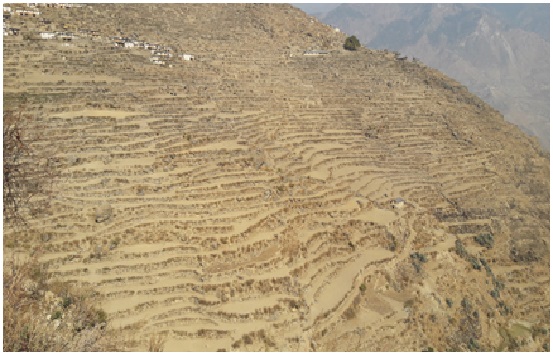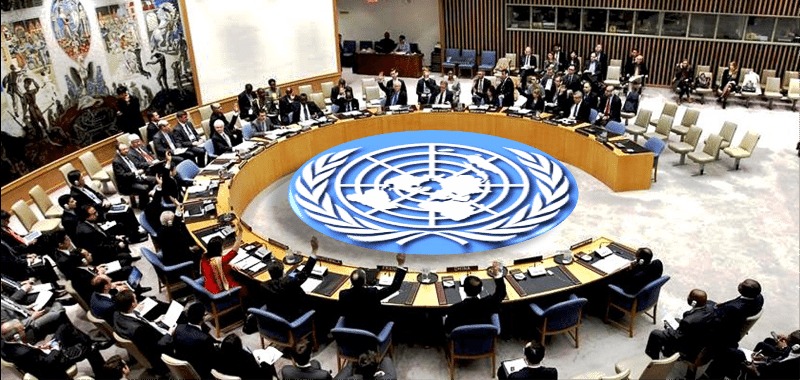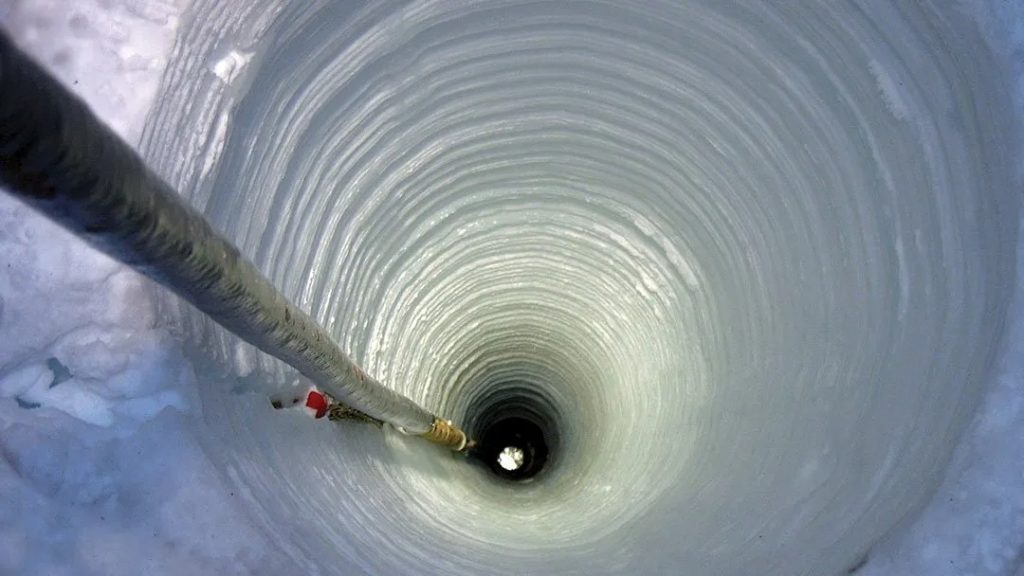1.5°C Means to Nepal


After the industrial era, Earth's average temperature has risen by almost 1°C and is projected to rise another 0.3°C-5.7°C by 2100. To address the issues of climate change, world leaders in 2015 in Paris, agreed to keep temperature “well below 2°C above pre-industrial levels and pursuing efforts to limit the temperature increase to 1.5°C”. A small change in the temperature can translate to dangerous consequences than one can imagine for ecosystem, economy and life on the planet, 1.5°C or 2°C is massive. Worldwide, the rise of 1.5°C may largely impact Coral reef around the world, Polar Bear of Arctic, Farmland of Bangladesh, Islands of Tubalo, Storms in the Philippines, Flooding in Pakistan, Drought in India and so on.
Let's talk about what the 1.5 to 1.5°C really means to Nepal. Nepal is a mountainous country, having an extremely varied and complex climate. It is considered as a 4th most vulnerable country to climate change (Maplecroft, 2010), on contrary. Moreover, Nepal has the very low adaptive capacity, ranked very low on the Human Development Index. Similarly, nearly one-fourth of its population live below poverty line. These things add to the vulnerability.
Different research suggests the temperature of Nepal will increase rapidly as compared to global average where as precipitation is supposed to decrease. Even, only 1.5°C rise in temperature will immensely impact various sectors of Nepal. A country where agriculture accounts for around 70% of employment and around 38% of Gross Domestic Product (GDP) this rise in temperature will bring many negative effects. Impacts on agricultural sector are likely to reduce overall food production in long run. Like so, hydroelectricity is another important vulnerable sector. Most of the electricity produced in Nepal comes from hydroelectric plants. An analysis indicated that economic impacts of climate change on hydroelectricity could be equivalent to 0.3% of GDP per year in very dry years. A multi-million dollar hydropower facility was already damaged in 1985 due to GLOFs. Similarly, there have been many recent losses and damage to micro hydro plants by floods. Thus, for a country like Nepal, which is highly dependent on hydroelectricity for power generation, impacts of climate change are considered to be a curse.
As a whole, 1.5°C rise in temperature in Nepal will impact farmers working in the farmland. It will impact women who spend more than 2 hours to carry water for cooking. It will impacts, the people who are dependent on tourism to sustain their livelihood. It will reduce the availability of snow in our mountains, it will slowly wash out our glacier lakes. The frequency of climate-induced disasters like flood, GLOFs, drought, fire, heat/cold waves and other will largely increase which may result in massive loss of life, property and ecosystem balance. The GDP of the country will dwindle by the climatic stresses brought about by 1.5°C rise in temperature. A study in 2013 estimated, climate-induced events in extreme years will directly cost an amount equivalent to 5% of current GDP. For a least developed country like Nepal, it is a massive number.
Thus we can say, 1.5°C rise in temperature will shatter the livelihood of people, ecosystem functioning and hence entire development of the country. To address this, it demands urgent adaptive and mitigating action of everyone from local to the global community to act significantly ensuring climate justice with intergenerational equity. Paris agreement gave the written commitment now it’s time for reflecting the words into action so as to make the world livable for all. Similarly, when we talk locally, Nepal is under political transition. The good thing is we are having a local level election after long 20 years. The manifesto of different politicians/leaders seems to be very smart but the problem is, the manifesto is only limited to the papers. Thus, this is the time for the all local leaders to implement the things they have listed in the manifesto and turn climate smart.
(Author is M.Sc. in Environmental Science Student from Central Department of Environmental Science, Tribhuvan University and working for Greenhood Nepal)

 Regan Sapkota
Regan Sapkota




Feedback